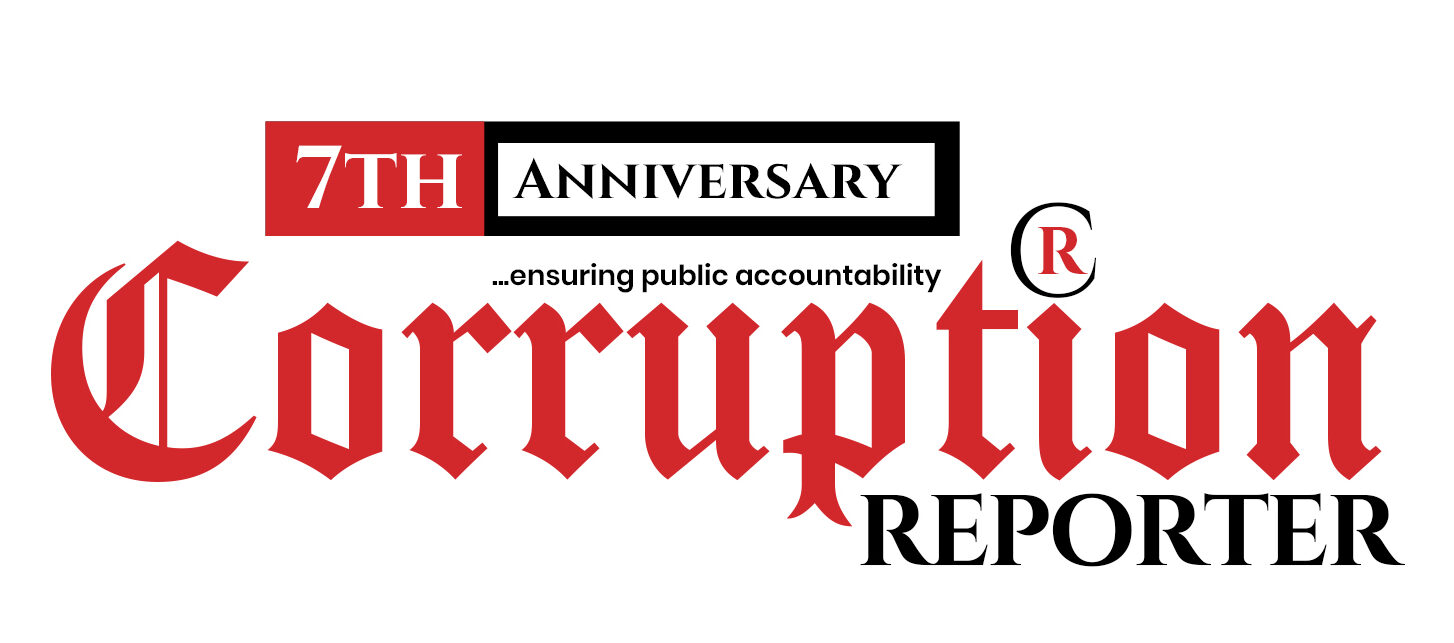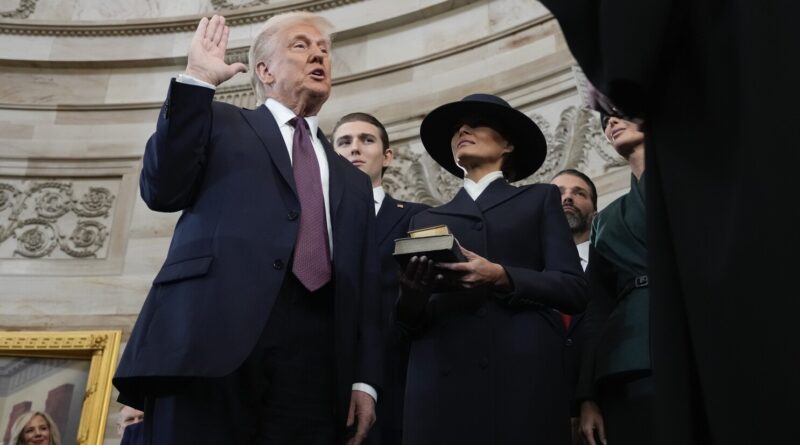Trump Begins Reversal of Biden’s Legacies on First Day as 47th POTUS
On his first day in office as the 47th President of the United States, Donald Trump wasted no time in launching a sweeping series of actions aimed at reversing the policies of his predecessor, Joe Biden. With a flurry of executive orders, Trump made it clear that his second term would be marked by a determined push to reshape American institutions in his image.
One of Trump’s first and most headline-grabbing moves was the pardon of nearly all individuals involved in the January 6, 2021, Capitol riot. The pardons extended to about 1,500 people, many of whom had been convicted of serious charges, including assaulting law enforcement officers. Trump described those involved as “hostages” and said he expected them to be freed soon. A crowd gathered outside a Washington, D.C., jail to welcome their release.
Trump’s approach to governing was swift and decisive, marking a stark contrast to the more cautious pace of his first term. His first actions included issuing an executive order beginning the process of withdrawing the U.S. from the World Health Organization (WHO) for the second time in less than five years. This move, which some scientists fear could undermine global efforts to combat infectious diseases, was a direct challenge to the Biden administration’s decision to rejoin WHO on its first day in office in January 2021.
With a palpable sense of determination, Trump signed several other executive orders designed to solidify his vision for America. These included:
- Reversing Biden’s Executive Orders: Trump rescinded 78 of Biden’s executive actions, including those related to climate change, diversity and inclusion programs, and military service by transgender individuals.
- Border Security: Trump declared a national emergency at the southern border, invoking the use of Pentagon resources to continue the construction of the border wall. He also issued orders to eliminate a program that allowed migrants to notify U.S. authorities of their intention to seek asylum.
- World Health Organization Withdrawal: Trump’s executive order began the process of pulling the U.S. out of the WHO once again, citing the organization’s “unfairly onerous payments” demanded from the U.S. He also directed a halt to the future transfer of U.S. funds to the WHO and called for reassigning federal personnel working with the organization.
- TikTok and Technology Regulations: Trump extended the deadline for TikTok’s parent company to divest itself of its U.S. operations or face a ban in the country. This was part of his continued effort to limit the influence of Chinese tech companies on American soil.
- Federal Hiring Freeze and Government Efficiency: Trump imposed a hiring freeze on federal government employees and established the new Department of Government Efficiency within the executive branch, signaling his intent to reduce the size of the federal government.
- Climate Change: In another symbolic move, Trump took steps to withdraw the U.S. from the Paris Climate Agreement, a key global pact aimed at reducing emissions and combating climate change.
- Landmark Renaming: Trump signed an executive action to rename key U.S. landmarks, including Denali and the Gulf of Mexico, claiming these changes would “honor American greatness.”
Trump’s actions were framed as part of his vision for a “golden age” for America, with an emphasis on limiting government influence, bolstering national security, and withdrawing from international agreements that he viewed as disadvantageous to the U.S.
In his first address from the Oval Office after his inauguration, Trump declared that the golden age of America begins now, vowing to make the country “flourish and be respected again” on the global stage.
The speed and scale of Trump’s first-day actions highlight his aggressive approach to dismantling the policies of the Biden administration and steering the country in a new direction, setting the tone for what promises to be a combative and highly consequential second term.




